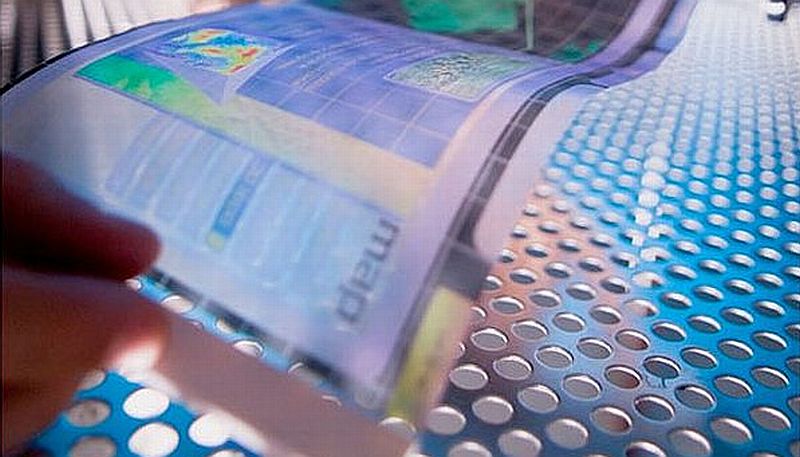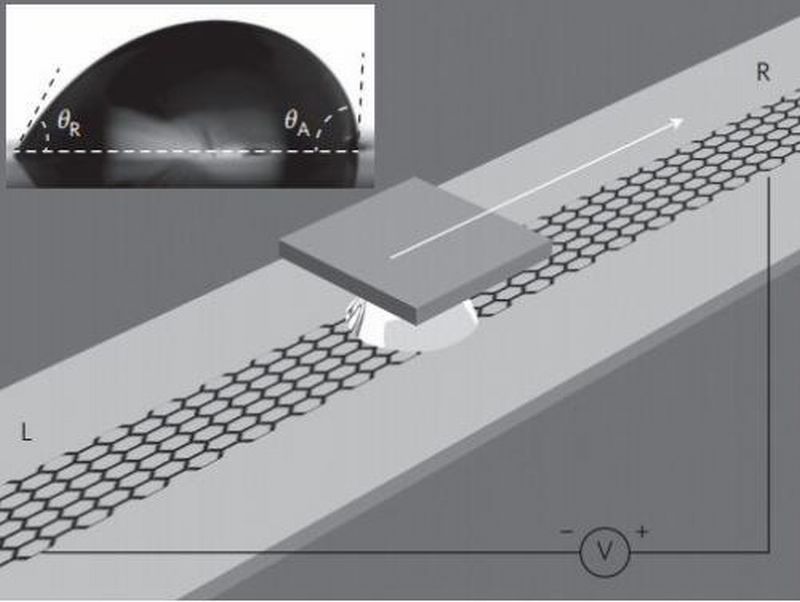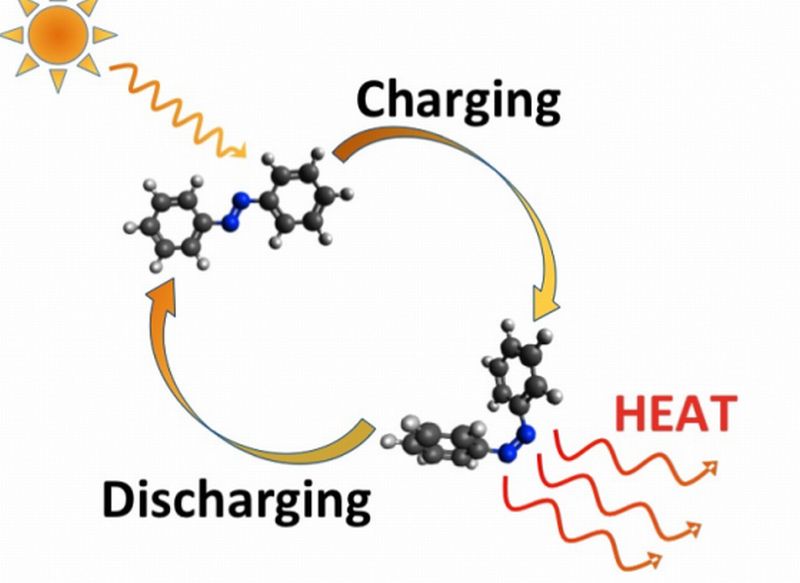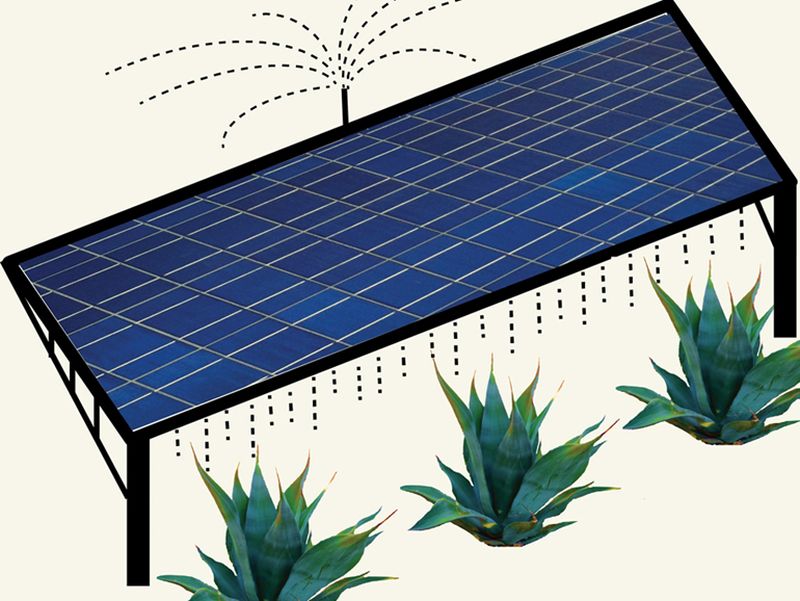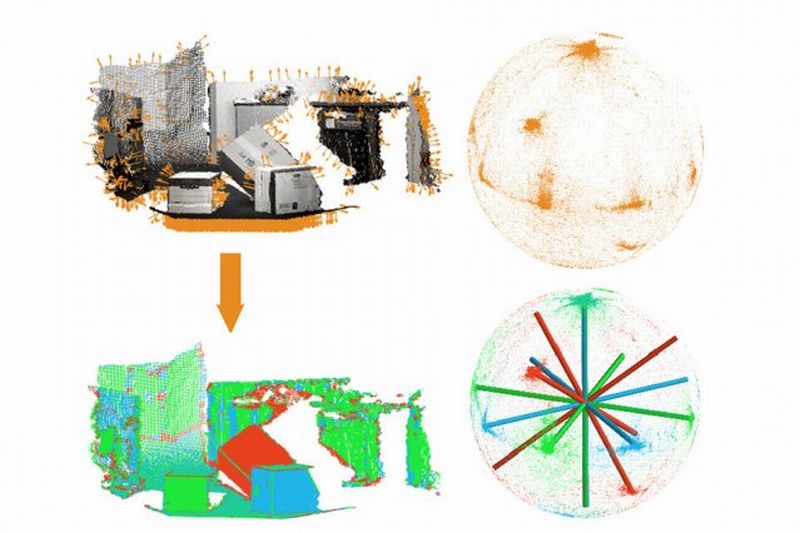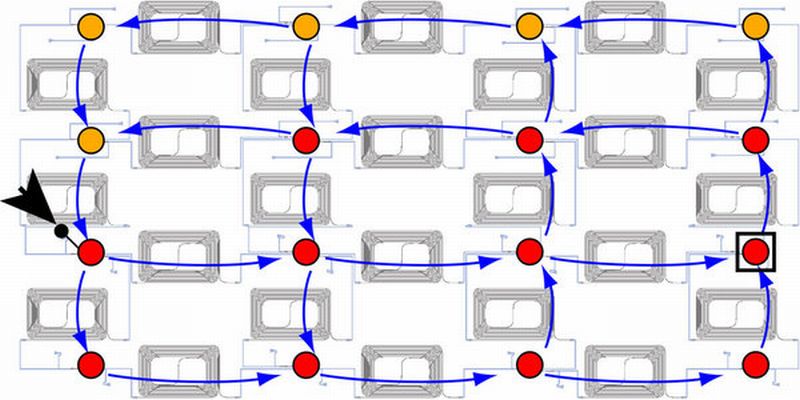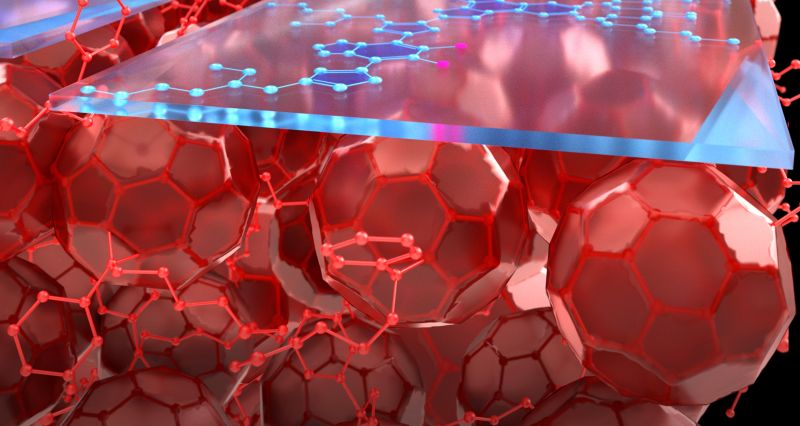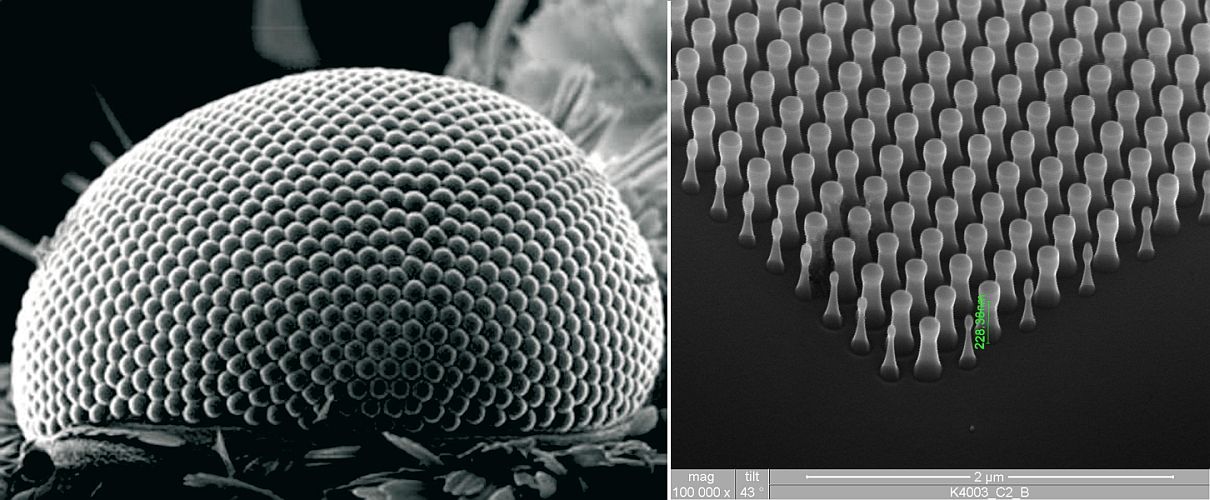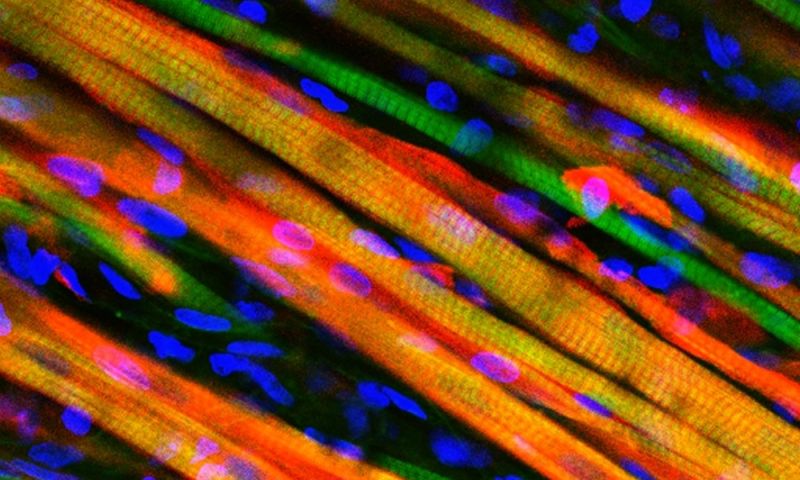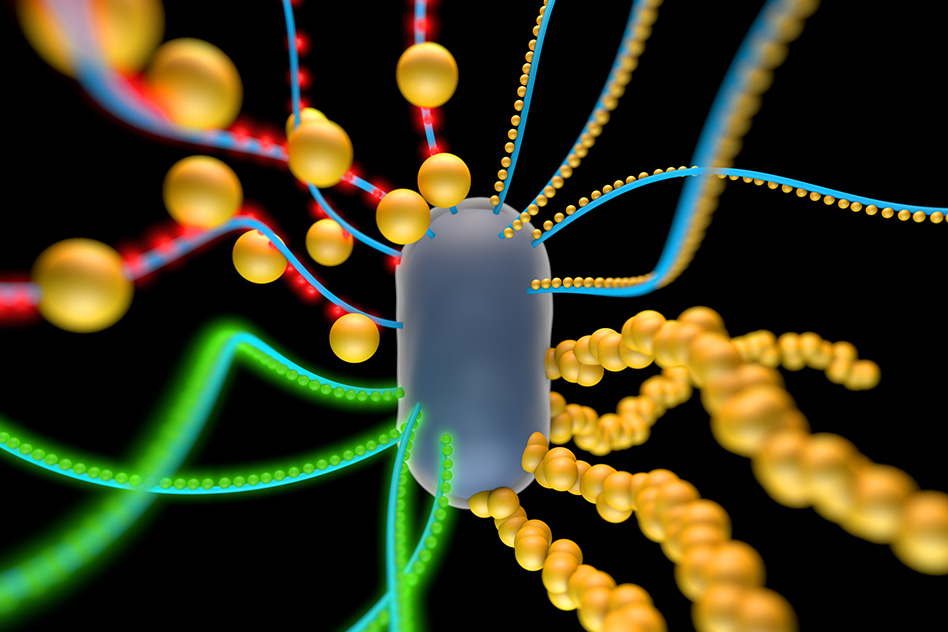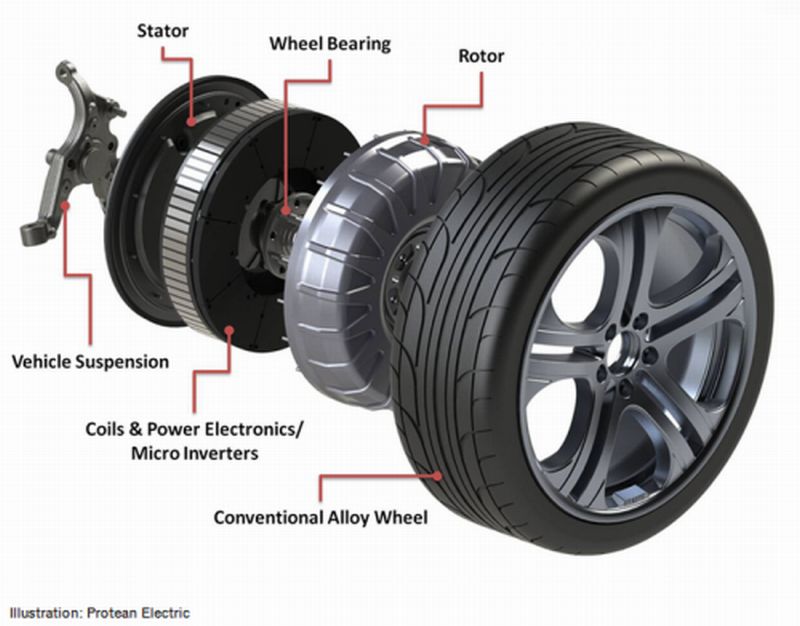In an effort to replace silicon chips with flexible plastic within gadgets like computers, cellular devices and related systems, researchers from University of Iowa and New York University have come up with an alternative to the high capacity storage technology. During the fiber optic transmission, it is easier and convenient to encode data in light while magnetism helps in storing information with an unlimited expiry date. With the proposed technology, converting information from one form to another is a critical issue. Since, the energy cost for this process is insignificant…
Read MoreCategory: Futuretech Tonics
Sliding Saltwater Over Graphene Generates Electricity
Call it serendipity or chance, a group of researchers at Nanjing University of Aeronautics and Astronautics in China while conducting an experiment of creating voltage by plunging carbon nanotubes in a flowing liquid hit upon a discovery of generating electricity by dragging saltwater over a piece of graphene. Traditional Techniques Conventionally, producing electricity via graphene has always been an expensive task plus its unique electrical properties have required for immense work from the end of researchers.
Read MoreOptimizing the Storage of Solar Energy in Chemical Bonds: Solar Thermal Fuel
Researchers from MIT and Harvard University have come up with an innovative approach of tapping sun’s heat in form of chemical energy and releasing as per the requirement. The technique is not aimed for replacing the existing solar energy storage problem rather it is an effort of taking the solar power into the new areas which otherwise was not explored before. For instance, the output via this approach is heat, which could be directed towards cooking or industrial avenues where heat is required for powering processes. Molecules Act as Rechargeable…
Read MorePhotovoltaic Panels and Agave Cultivation: A New Model for Solar Farms
“Agrivoltaics” is relatively a new concept that involves cultivating plants like agave in the spaces between and beneath the photovoltaic panels which allow solar plants to use sunlight for electricity generation and also providing crops for biofuels. It offers optimal solutions for problems that are associated with large solar plants. The solar plants located in the arid regions require constant cleaning of its panels from dust, sand particles or bird droppings. The process of cleaning requires water, which apart from cleaning the panels, dampen the soil to suppress the dust…
Read MoreAlgorithm Aiding Machines for Determining Navigation: Scene Understanding
Re-orientation of scenes and multi-target tracking are the fundamental problems for majority of vision applications. Occlusions and slight change in scene alignment make tracking by detection approaches a lot more challenging. Thinking on the same lines, MIT researchers have come up with a new algorithm that would assist the vision applications in combating the re-orientation problems. The algorithm is chiefly written for bots and machines that are employed for navigational purposes. Manhattan Frames The mechanism is based on recognizing the main orientations in the given scene. These alignments act as…
Read MoreSilicon Photonics Chip Mimics Human Brain
Researchers from Ghent University came up with a breakthrough approach by demonstrating processing of information on a chip, mechanism of which was based on the functioning of human brain. Artificial neural networks or the bio inspired technique has been used in the past to bring about complex tasks which otherwise would have been tricky to solve by rule-based programming like computer vision and speech recognition. The researchers applied 16 nodes of neural network directly in hardware with the help of silicon photonics chip. Unlike the traditional computer chips that require…
Read MoreFace-on Alignment More Efficient in Generating Power: Organic Solar Cell Technology
In an attempt to study the viability of organic solar cell technology, researchers from North Carolina State University and UNC-Chapel Hill have discovered that efficiency of energy transference within three-dimensional organic solar cells increases relatively when there is face-to-face alignment between the donor molecules and the acceptor molecules. Exciton or the concentration of energy formed by excited particle upon absorbing by the material is the phenomenon upon which efficiency of organic solar cells is dependent. Within a solar cell, easier the exciton between the donor and acceptor molecules, higher will…
Read MoreAnti-Glare Surface based on Moth Eyeballs: Futuristic Solar Panels
Researchers observed that the moth eyeball consisted of numerous minute cones arranged in a pattern that diminish glare. This anti reflective property provides the moth with the ability to see during the night and at the same time makes them less visible to the predators around. The team reproduced the pattern on a flexible film and applied a thin layer of gold that could be used to coat various products as solar panels and electronic displays. They also discovered that the material so developed could also repel moisture and dust…
Read MoreNew Laser Technology Allows for Controlling Lightning Strikes
Researchers at the University of Arizona and the University of Central Florida have created a technology that has an ability of beaming high-intensity lasers all the way through the layers of atmosphere hence crossing the limitations that it had before. The research is still in its testing phase but the optical scientists envision that it might steer lightning strikes away from human inhabited areas and buildings. Extending the laser beam Lasers undergo diffraction because of which it fades away after beaming some feet only. This phenomenon does not allow it…
Read MoreBioengineered Self Healing Muscle, Successfully Grown in Laboratory
Biomedical engineers have finally achieved success in growing skeletal muscle under a laboratory conditions. These laboratory grown muscles, similar to real muscle are capable of contracting and expanding quickly. Most important breakthrough in the research is that the muscles when implanted in mice were capable of healing itself from any injuries, which was not possible till now.
Read MoreAltaeros’ Buoyant Airborne Turbine: Floats at High Altitude
We visualize wind turbine as tall tower with a huge fan mounted on it and fixed at some distant place. But we might have never imagined a wind turbine that floats in the air. Does it sound like a sci-fi movie subject? Surprisingly, it’s a reality being developed by MIT startup Altaeros Energies and will be seen floating in the sky above the city of Fairbanks and the power so generated will be used to power remote military sites and families residing off the grid that usually depend on expensive…
Read MoreVirtual Environment gets converged with Real World: The Sulon Cortex
Running against the walls of the physical reality is one of the major huddles while being into the world of gaming in the virtual reality. Sulon Technologies, a Canadian based startup delved into the issue and pioneered a new spirit into the visual immersion system by their latest concept to which they call the Cortex.
Read MoreJuxtaposing Living and the Nonliving Worlds Together: Materials Synthesis
So far, we have seen robots inspired from the best of biomimicry. Researchers have often looked upon nature to solve problems. At the same time, there are certain natural tendencies, which engineers are still trying to figure out the way towards artificially re-invention and one of them is ‘bone’. Bone is one of those natural materials that require no supervision, yet it fabricates material in response to environmental signals. In order to understand this phenomenon, researchers at the MIT, have tried to juxtapose living bacterial cells with non-living substance like…
Read MoreNew Computer Vision System: Emotion Recognition
Everyone, in some point or the other in life, must have faked of being in pain or being ill, to escape from going school, college, office or so on. We humans are not always correct to distinguish a fake emotion from the genuine one. Lately, researchers have developed a computer system that can easily distinguish when an individual is genuinely in pain or is just faking it away more accurately than the humans.
Read MoreProtean Electric’s Gearless, Direct-Drive System: An In-Wheel Motor Concept
Protean Electric, an automotive start-up is paving way towards revolutionizing electric cars with its in-wheel motor design. Beijing roads will first experience this radical technology. Like the EcoMotors, Protean Electric’s preferred the East Asia since the government is very supportive towards technology that evangelizes fuel efficiency and air quality. In-Wheel Motor Concept Generally, central motor in an electric vehicle is under bonnet that transmits power down to the rotating shaft, which further sends torque to the axels. But in the Protean system, small motors, which is responsible for creating power, is…
Read More
